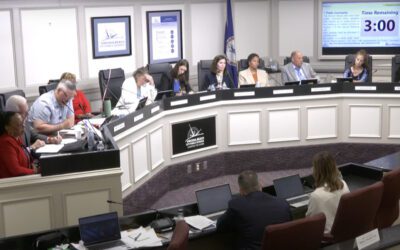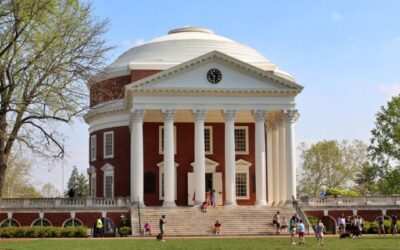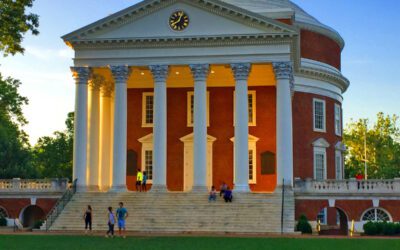
Photo via Shutterstock
The verdict is in. Not only is Virginia seriously underfunding its public schools, but the pipeline for K-12 teachers has proven to be inadequate. A recent nonpartisan study of school funding has confirmed just how badly Virginia public schools are underfunded, and a review of the K-12 teacher pipeline revealed the reasons why we have a shortage of qualified teachers in Virginia. Now that we know the facts, local governments want things to change.
These reports by the Joint Legislative Audit and Review Commission (JLARC) were produced at the direction of bill SJ294 that was passed in 2021 to review the funding formula, and at the direction of the JLARC administration in 2022 to review the teacher pipeline. JLARC is authorized by the Code of Virginia to conduct program evaluation, policy analysis, and oversight of state agencies on behalf of the Virginia General Assembly. JLARC recommendations can have a high impact but it is up to our legislators whether the recommendations become bills and eventually law. In recent years only about three-quarters of the recommendations have been implemented by the General Assembly.
The Commonwealth is underfunding Virginia’s public schools by billions of dollars because the formula that determines funding “needs to be significantly improved and modernized.” As per usual, Governor Youngkin blamed the underfunding problem on previous administrations, but Senator Ghazala Hashmi responded that it was:
“Unfair to criticize the previous two administrations given the fact that the democratic governors worked with Republican majorities in both Chambers, and these Republican majorities consistently blocked measures to fund public education at the levels needed. In 2020, when Democrats had the first opportunity to make historic changes to the public education budget, significant funding was introduced but sadly had to be put on pause because of the unexpected and uncertain economic future facing us all with the global spread of the coronavirus.”
Regardless of where the blame lies, it is clear that the way Virginia funds public schools needs to be fixed. The JLARC report provides details and a gameplan that legislators can use to develop legislation that would improve school funding. The main findings of the study are provided in the drop down below, and JLARC’s proposed recommendations to appropriately fund schools can be found here.
The second JLARC review reported that, “Having enough, high quality teachers is among the most important factors necessary for a quality education system” and that the current pipeline for qualified K–12 teachers is not adequate. The main findings of the study are provided in the drop down below, and JLARC recommendations for improving Virginia’s pipeline for qualified teachers can be found here.
4 Public Education, in collaboration with Fund Our Schools and the Virginia Grassroots Coalition, offers what they consider priorities for Virginia’s legislators to develop into bills. Each priority is taken from the JLARC recommendations. The priorities are provided in this drop down.
Our education priorities for the 2024 General Assembly
Preventing diversion of funding: Oppose adverse bills.
Providing school-based mental health support:
- Specialized Student Support Staff: Support a 4-to-1000 ratio for specialized student support staff.
- School Counselors: Support a 1-to-250 ratio for school counselors.
- Increase Funding for the SBMH Program: Expand funding for school-based mental health integration and make it permanent (drop the pilot language).
Raising revenue via sales tax: Support a 1% local option sales tax for school construction/modernization with required referendum (same language as SB1408 in 2023).
Creating safe and restorative environments for every student:
- Expand funding to support the Virginia Tiered System of Support and Positive Behavioral Interventions to employ effective positive school discipline that encompasses prevention, wellness, promotion, and interventions that increase based on the needs of students while promoting close school-community collaboration.
- Redirect funding to deepen the integration of student support personnel to foster a continuum of care and wraparound supports concentrated in root-cause violence prevention and intervention, such as mental health services, restorative justice practices, and other school–community partnerships into school initiatives.
- Amend Code Language to Include Restorative Practices: Propose the General Assembly amend current code language in this provision by (1) adding “evidence-based restorative practices” to the list of alternatives to suspension; and/or (2) requiring consideration of these alternatives before resorting to exclusionary practices.
- Make the Community Schools pilot permanent and increase support positions for Community School coordinators and administrative positions within VDOE.
- Fund Credible Messengers: Allow funding to localities to be used to hire or contract community-based Credible Messengers and Violence Interrupters.
Making sure the state pays its fair share of school costs: The numbering below represents proposal numbering from the July 2023 report on school funding published by the state’s Joint Legislative Audit and Review Commission (JLARC).
- JLARC Recommendation 1: Make technical improvements to the Standards of Quality (SOQ) formula and compensation supplement calculations to stop leaving out division central office positions, facility and transportation staff, and certain other costs from various calculations.
- JLARC Recommendation 2: Study on staffing ratios: The Virginia Department of Education should develop and propose a new set of fixed and prevailing staffing ratios for the Standards of Quality formula, in consultation with school divisions and the Board of Education, which should accurately reflect how divisions are staffed and be simpler, easier to apply, and comprehensive.
- JLARC Recommendation 4: Remove the hidden cuts to school funding that were built into the SOQs during the Great recession, including (i) lifting the support cap (the cap on state funding for student support staff), (ii) reinstating the non-personal cost categories removed in FY09 FY10, and (iii) reinstating the federal fund deduction methodology used prior to FY09.
- JLARC Policy Option 5: Student-based funding formula for special education and English as a Second Language: Replace the current SOQ formula calculations for special education and English as a Second Language with student-based funding calculations that are based on actual average school division expenditures, which would provide additional funding for these programs.
- JLARC Recommendation 6: More fairly calculate salary and other costs using division averages, rather than the “linear weighted average” that undercounts Virginia’s largest school divisions and results in prevailing cost assumptions that are well below actual costs for the majority of local school divisions.
- JLARC Recommendation 7: Limit sudden swings in the Local Composite Index by using three-year averages, rather than a single year, when updating calculations every other year.
- JLARC Recommendation 8: Move supplemental funding for students living in lower-income communities into the state’s main school funding formula (SOQs) to ensure students receive this critical funding, rather than keeping it as an optional “add-on.”
- JLARC Recommendation 9: Use the more up-to-date Identified Student Percentage (ISP) measure to calculate funding for all programs that currently rely on outdated and inaccurate free lunch estimates.
- JLARC Recommendation 10: Consolidate the separate At-Risk Add-On and Prevention, Intervention, Remediation programs and create a new supplement for low-income students under the SOQs. Funding for the new supplement could be allocated based on each school division’s weighted Identified Student Percentage, with 60% of funding being distributed using a flat per student rate and 40% being distributed using a variable rate, with those school divisions with the highest concentrations of low-income students receiving the highest amounts.

New federal loan limits could derail Virginia students’ path to medical school
This story by Shalina Chatlani was produced by Stateline and reviewed and distributed by Stacker. Twenty-eight-year-old Michaela Bonner has been...

Public school defender Ghazala Hashmi takes on right-wing radio’s Reid for lieutenant governor
Sen. Ghazala Hashmi, a mom of two daughters, is clear about the choice Virginians face when they go to the polls this November. Do they want to...
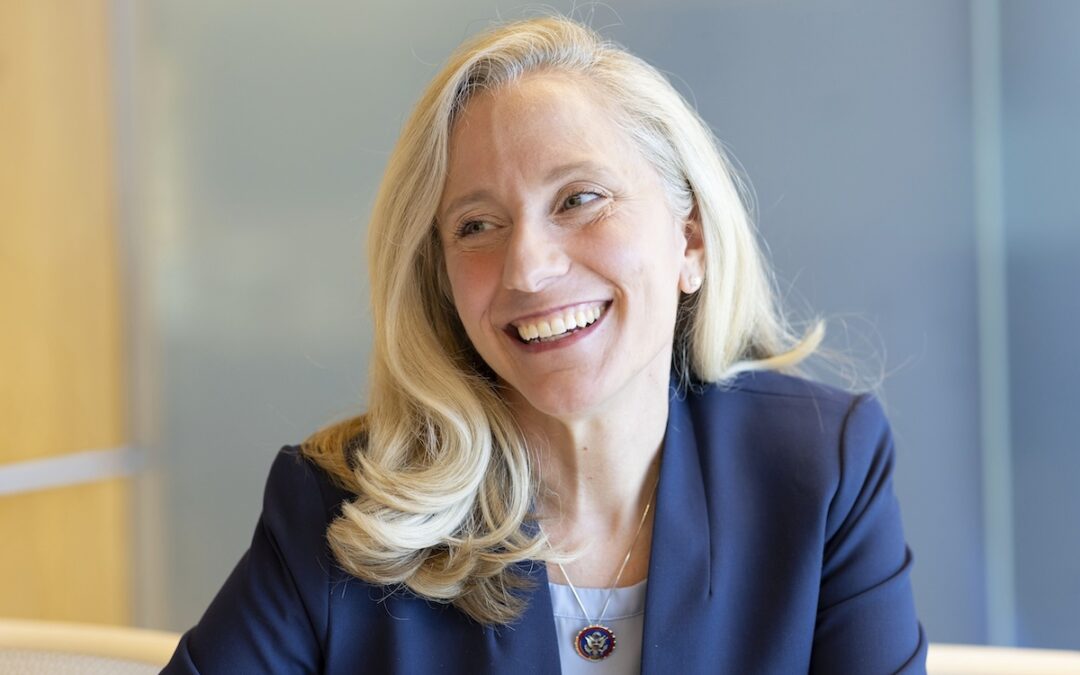
The Spanberger strategy: Can this Virginia Democrat reset the politics of public education?
This story was originally reported by Mel Leonor Barclay of The 19th. Meet Mel and read more of her reporting on gender, politics and policy. During...

Is Virginia’s #2 Republican trying to wreck your local school? We’ve got the receipts on Winsome Earle-Sears
Here are 4 instances when the Republican running for governor of Virginia has proven she’d make public schools worse. Worried your kid’s school...

Abigail Spanberger: ‘It’s time to get culture wars out of our schools and let teachers teach’
Abigail Spanberger, the Democratic nominee for governor of Virginia, has a message for all Virginia parents like herself: She will be focused on...
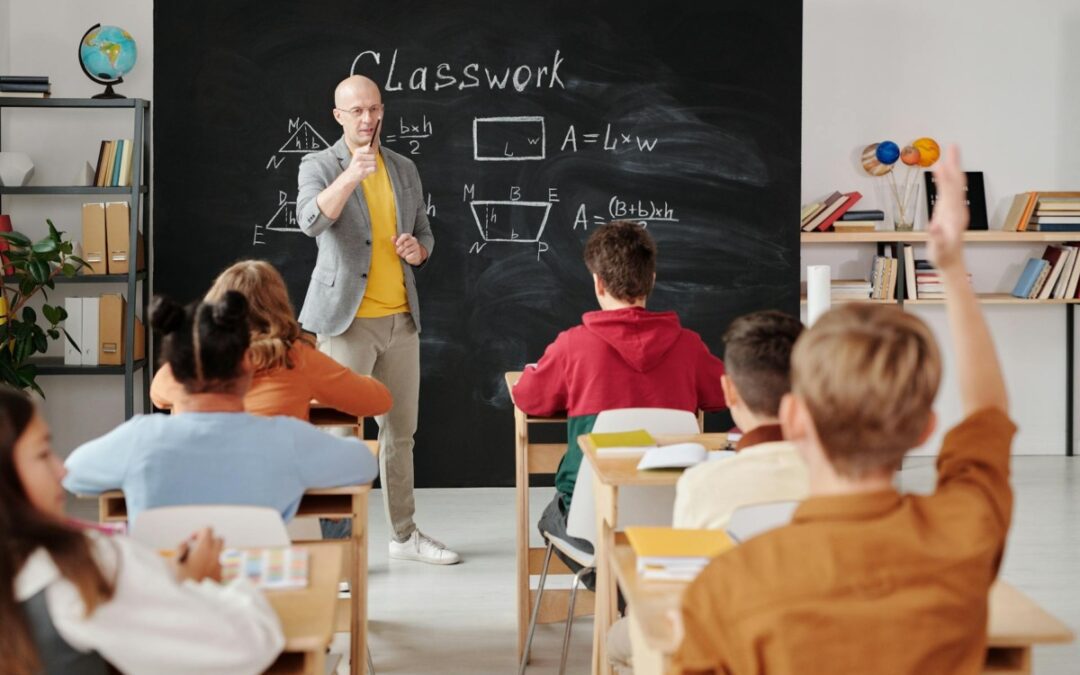
UVA researcher breaks down the myths behind math anxiety
Only a small percentage of people are inherently bad at math, says Professor Tanya Evans. But many struggle with anxiety due to a lack of math...



